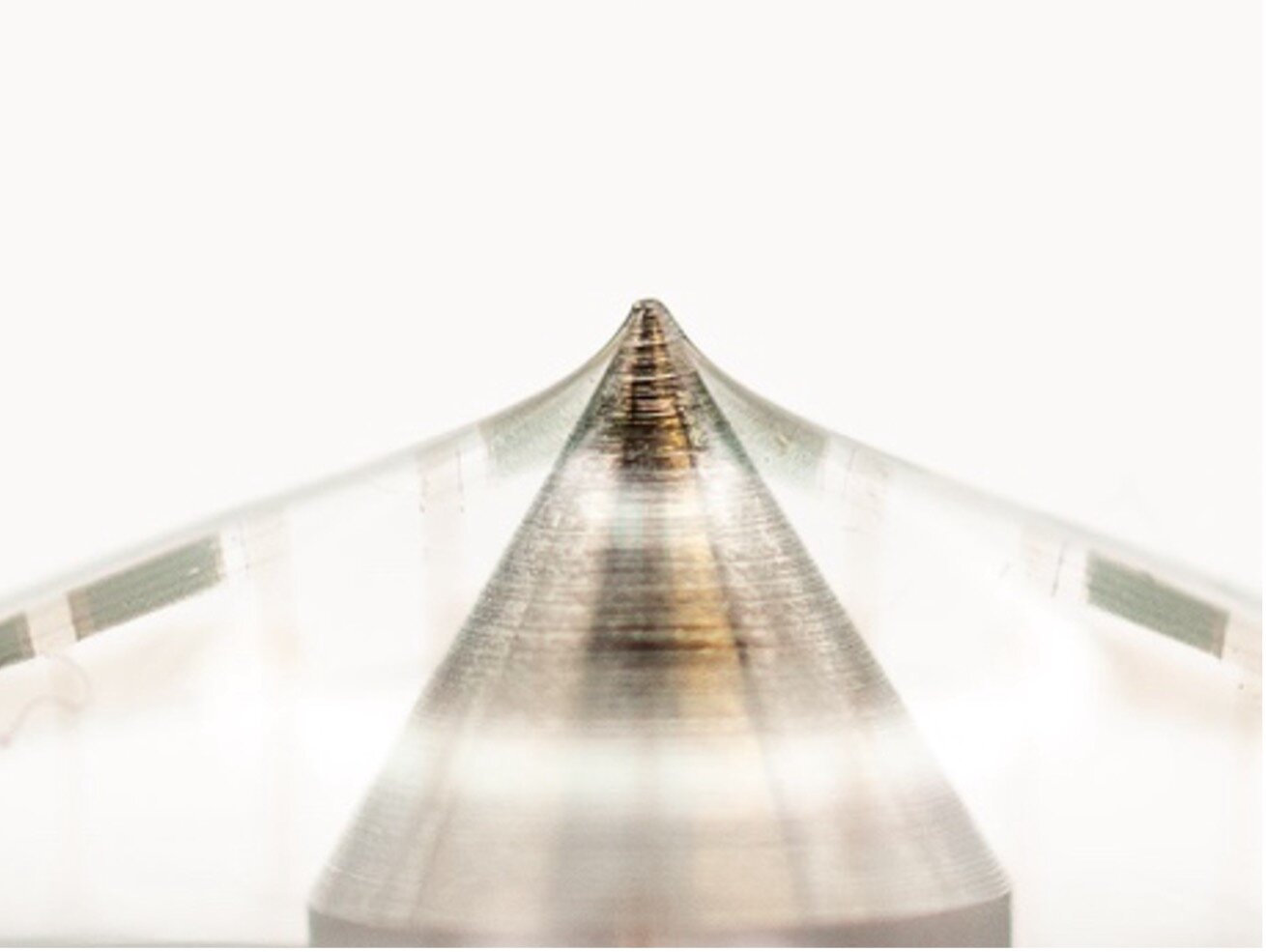
The rapid advancement of sensing and artificial intelligence (AI) systems has paved the way for the introduction of increasingly sophisticated wearable devices, such as fitness trackers and technologies that closely monitor signals associated with specific diseases or medical conditions. Many of these wearable electronics rely on so-called biosensors, devices that can convert biological responses into measurable electrical signals in real-time.
While fitness trackers and other wearable electronics are now widely used, the signals that many existing devices pick up are sometimes inaccurate or distorted. This is because the bending of sensors, moisture and temperature fluctuations sometimes produce inaccurate readings and drifts (i.e., gradual changes that are unrelated to a measured signal).
Researchers at Stanford University have developed new skin-inspired biosensors based on organic field effect transistors (OFETs), devices based on organic semiconductors that control the flow of current in electronics.
The new biosensors, introduced in a paper published in Nature Electronics, have a unique design that could enable the collection of reliable recordings under varying environmental conditions.
“We are interested in developing wearable chemical biosensors to monitor important biomarkers in sweat,” Prof. Zhenan Bao, who supervised the study, told Tech Xplore.
“Our skin-inspired organic bioelectronic devices can seamlessly interface with the human body, providing an ideal platform for biomarker monitoring. Current soft biosensors suffer from various external factors, such as bending, stretching, moisture, and temperature changes, which cause artifacts and drifts.”
The main objective of the team’s study was to develop a new soft and stretchable OFET-based biosensor that is drift-free, meaning that it accurately records target signals irrespective of environmental or mechanical disturbances, and that can be adapted to monitor a wide range of signals. The new biosensor they developed has a new design that combines “twins” of stretchable OFETs.

“These two stretchable OFETs are designed to have exact layers of materials, exact channel dimensions, and they sit very close to each other,” explained Chuanzhen Zhao, first author of the paper and postdoctoral scholar at Stanford University.
“Therefore, they drift similarly and respond to external noise similarly. Through the diode connection, we were able to perform a subtraction, which cancels all the drifts they share. By including separate addressable gates functionalized with target and reference bioreceptors, only the signals from biomarkers will be shown after the subtraction, achieving the drift-free biosensing results.”
They assessed their biosensor’s performance in a series of tests and found that it significantly reduced recording errors arising from movement, heat and moisture. They also showed that the sensor could reliably track the levels of different target substances in a wearer’s sweat, including cortisol, glucose and sodium.
“Our OFET sensors substantially suppressed signal distortion by >2 orders of magnitude caused by bias-stress instability, uniaxial strain (up to 100%), compression (up to 50 mN), and temperature variations (25–40 °C),” said Zhao.
“Transistor biosensors are immune to drifting and external environmental variations for the first time. We showed the application of on-body cortisol sensing in sweat, and this can be used to quantify mental states and early diagnosis of mental disorders.”
The researchers integrated their biosensor with a flexible circuit and a smartphone app to demonstrate its potential for real-world health care applications. They showed that the device could pick up the levels of cortisol in a wearer’s sweat, which could in turn be used to monitor their stress and anxiety in real-time.
The new biosensor could soon be improved further and tested in a wider range of scenarios. In the future, it could be used to fabricate more precise biomedical devices that can reliably monitor signals associated with specific mental or physical conditions.
“Additional monolithically integrated signal-conditioning circuits, such as an operational amplifier, could be integrated to improve signal-to-noise ratios and sensitivity further,” added Bao.
“We are now also interested in developing entirely soft and stretchable chemical e-skins to combine both sensors, signal conditioning, power, and wireless transmission altogether.”
Written for you by our author Ingrid Fadelli, edited by Sadie Harley, and fact-checked and reviewed by Robert Egan—this article is the result of careful human work. We rely on readers like you to keep independent science journalism alive.
If this reporting matters to you,
please consider a donation (especially monthly).
You’ll get an ad-free account as a thank-you.
More information:
Chuanzhen Zhao et al, Skin-like drift-free biosensors with stretchable diode-connected organic field-effect transistors, Nature Electronics (2025). DOI: 10.1038/s41928-025-01465-4.
© 2025 Science X Network
Citation:
Skin-inspired organic biosensors can reliably track health-related signals in real-time (2025, October 28)
retrieved 28 October 2025
from https://techxplore.com/news/2025-10-skin-biosensors-reliably-track-health.html
This document is subject to copyright. Apart from any fair dealing for the purpose of private study or research, no
part may be reproduced without the written permission. The content is provided for information purposes only.









